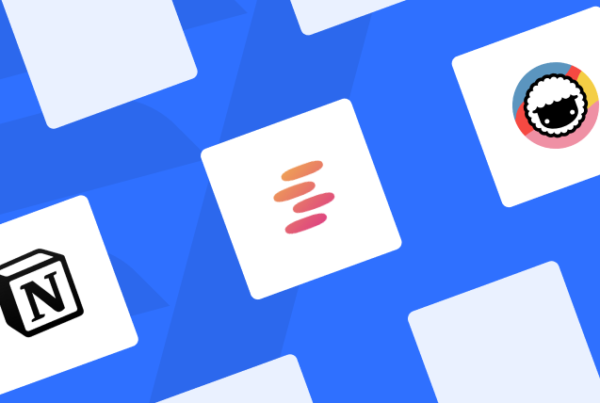How long does it take your business to respond to fresh marketing leads? If you’re like most businesses today, it’s too long – as shown by research from Harvard Business Review that shows the majority of brands are leaving it too long to respond to leads.
Not only that, but it turns out leads turn cold much sooner than you might think, which means there’s a high chance you’re failing to convert a significant portion of the leads you generate because you don’t respond quickly enough.
Here’s how to stop this from happening.
First, the what does the HBR study say?
You can read the study yourself by heading directly to Harvard Business Review but it’s a brief article and we’re going to cover all the key points here anyway. As we already know, “companies are making big investments in order to obtain customer queries from the internet” but the study reveals most businesses are failing to make the most of this investment.
Nonetheless, our research indicates that many firms are too slow to follow up on these leads. We audited 2,241 U.S. companies, measuring how long each took to respond to a web-generated test lead. Although 37% responded to their lead within an hour, and 16% responded within one to 24 hours, 24% took more than 24 hours—and 23% of the companies never responded at all. The average response time, among companies that responded within 30 days, was 42 hours. – Harvard Business Review
Okay, so 24 hours doesn’t sound like a particularly long time to respond to a new lead but HBR has previously found in a separate study that brands who respond to leads within the first couple of hours are more than 60 times as likely to qualify them as potential customers than those who wait 24 hours or longer.
These results are especially shocking given how quickly online leads go cold—a phenomenon we explored in a separate study, which involved 1.25 million sales leads received by 29 B2C and 13 B2B companies in the U.S. Firms that tried to contact potential customers within an hour of receiving a query were nearly seven times as likely to qualify the lead (which we defined as having a meaningful conversation with a key decision maker) as those that tried to contact the customer even an hour later—and more than 60 times as likely as companies that waited 24 hours or longer. – Harvard Business Review
That’s an incredible statistic and it highlights one of the biggest barriers to sales that no amount of conversion rate optimisation or investment in the latest marketing trends are going to fix.
If you want to turn your existing volume of leads into more sales without paying more for advertising and other strategies, start by responding to leads faster – it’s as simple as that.
Or is it?
The problem with responding to leads is that it takes a lot of time and resources to handle high volumes. Unless, of course, you have a solid automation system that handles these early interactions on your behalf.
That’s right – the key to turning a high volume of leads into a high volume of paying customers is automation.
How to keep leads hot with automation
The HBR study hits a chord with us here at Venture Harbour because we’ve seen first-hand the kind of damage not responding to leads quickly enough can have on your marketing results.
Or, more to the point, we’ve seen the positive impact automation has had on our clients’ (and our own) results by keeping leads hot after the first interaction.
We now have a fully automated lead generation and response system that generates those early conversions, qualifies them directly on our website and then organises them into lists on our chosen CRM platform – all without us doing anything.
This has completely bypassed the problem outlined in the HBR study and our sales team has a much larger volume of qualified leads to work with. Not only that, our automated segmentation means we’re able to nurture leads to a more advanced stage of the buying cycle, which means it’s significantly easier for our sales team to close the deal (at a much higher volume than we could have even handled before).
This is how we did it.
Qualify leads on your website using Leadformly
Leadformly is a web form design and optimisation tool that helps you maximise conversion on your website. The platform revolves around the principle of multi-step forms, which we have found increase conversions by up to 300% – so we’re already generating a higher volume fo leads before we even get started with automation.
That’s not all Leadformly does for us, though.
With its conditional logic features we can use Leadformly to qualify our leads into different types of potential customers, at various stages of the consumer journey.
By asking users questions about their needs, you’re instantly generating a higher quality of leads and you’re also able to learn more about each user. For example, you can distinguish potential customers who need a new website from those who need a mobile app and those with a minimal budget to work with from those who are willing to spend serious money.
This is crucial because not all leads are the same and responding to them all with the same message is going to have limited results. You can do better than this by qualifying your leads – on our website – with Leadformly and then sending this data to your CRM platform.



